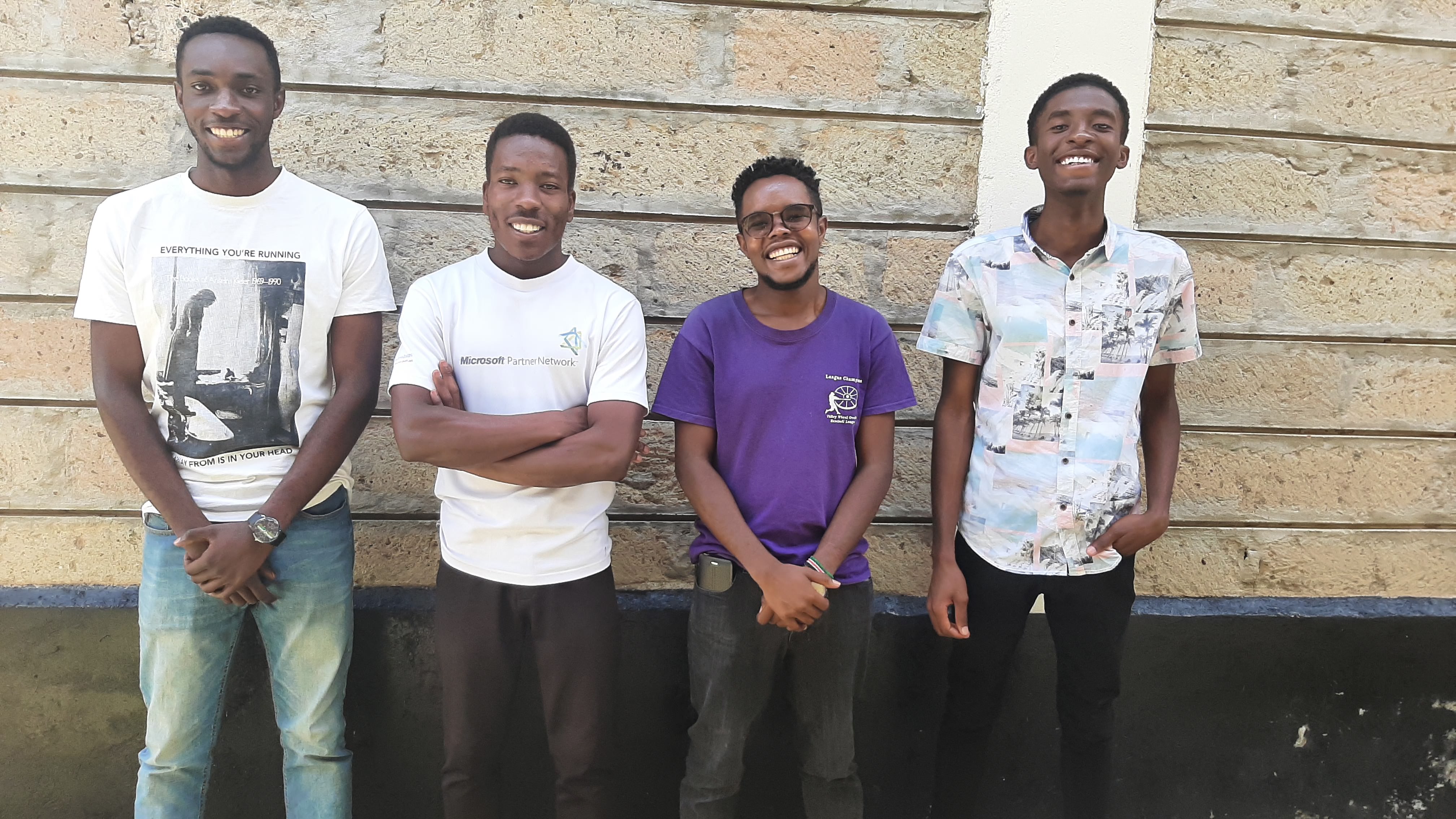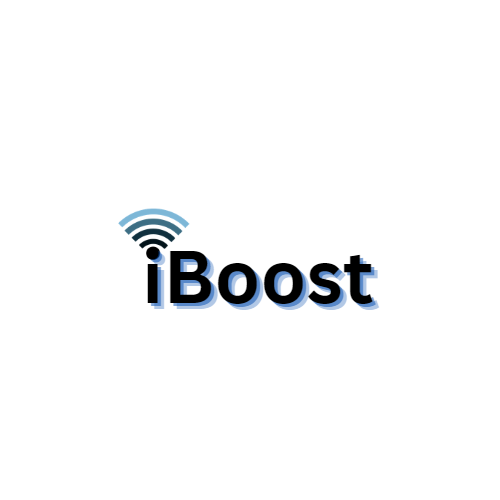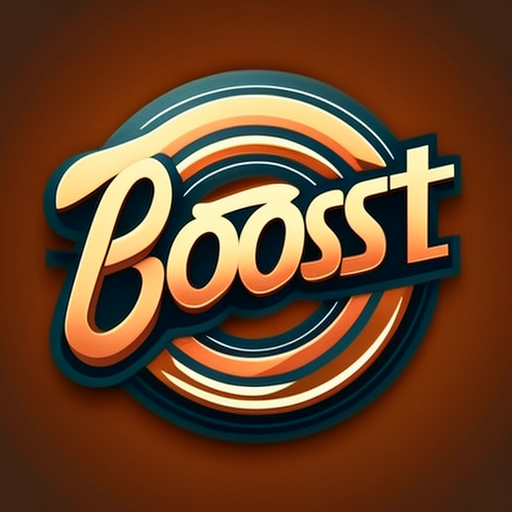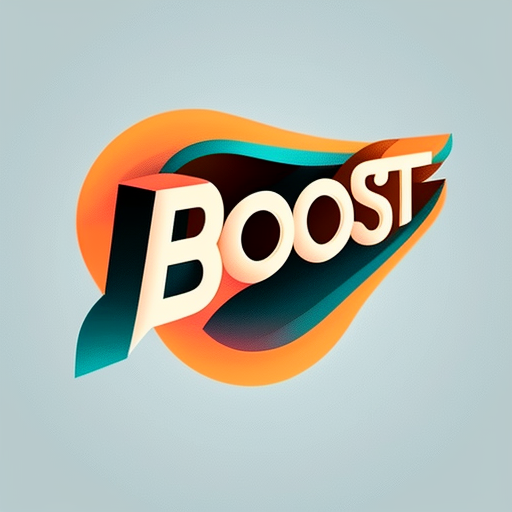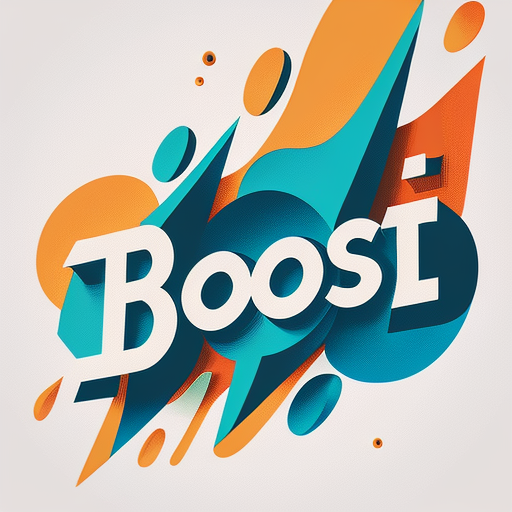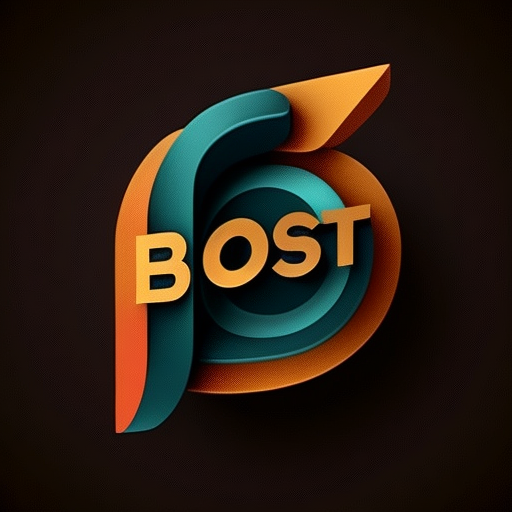iBoost
PUBLIC
Kenya, Machakos University
Members

Jeremy Okungu
MEMBER
Kenya

Jairus Mariga
MEMBER
Kenya

John Karuga
MEMBER
Kenya
Team Gallery
Project Overview
I first thought of the idea to build a signal booster back in 2020 when the Covid-19 pandemic hit our nation, and this was primarily due to the Internet connectivity challenges brought about by poor network coverage that my fellow students & I underwent and still undergo while partaking in virtual studies. More than 75% of the Internet users in Kenya access the Internet through mobile data and a whooping 4.146 million of these people experience internet connectivity and cellular network challenges resulting from poor network coverage. Due to the poor network coverage many students were forced to crowd in public Wi-Fi spots in order to access fast and reliable internet with which to partake in online studies which not only increases the risk of acquiring Covid-19 but renders them susceptible to the security threats of public Wi-Fi. It is due to this reason that I decided to build a team to undertake the project of building a smart signal booster which can put an end to these challenges that so many students experience all over Kenya and Africa at large. While we were collecting feedback concerning the project, we were also made aware of the cellular network connectivity challenges faced by so many mobile users who were forced to walk for miles in search of a strong cellular network for making calls and browsing.
iBoost works by integrating three different platforms, a gadget, a mobile application and a map site on the web to provide a low cost, portable, smart and user-friendly solution to poor network coverage.
The gadget is first turned on using a physical button on the gadget, the user then proceeds to open the application on their mobile phone which takes a few seconds to boot up and display the user’s cellular network characteristics like the signal strength, quality, frequency, bandwidth, download and upload speed on the home screen and offer recommendations based on these results whether boosting of the signal is necessary. The application will have three screens, the home screen, the boost screen and the map screen and will perform 3 functions; initiating the boosting of the signal, sending data collected from the gadget to Azure and displaying the network coverage map. Once the device is on and the application online the device will send real-time cellular network data of all the available networks in its vicinity to the mobile application which will in turn transmit to Azure, it is however imperative to note that the actual boosting of the signal can take place even when the application is offline.
The data will access Microsoft Azure through the Azure IoT Hub and from then on, the data shall be split into 2 identical streams, one stream will be directed to the Azure Machine Learning model which will be able to assign identities to the network data received from the gadget and send this data back to the mobile application thereby enabling the application to identify the different networks available in it’s vicinity. The other stream of data shall proceed to Stream Analytics and generate an analytics pipeline which shall then proceed to Power BI to generate tabulated data about the different network characteristics which shall then proceed to Azure Blob Storage where all this tabulated data shall be stored. A copy of the stored data is then directed to the Azure Machine Learning model which analyses the network trends and characteristics and is able to make decisions which are then sent to the gadget for it to be able to adjust accordingly depending on the network characteristics and trends. Another copy of the stored data specifically the signal strength data will also be sent to the map website which shall then be able to display real-time information on which network among the ones available in its vicinity is the strongest.
About Team
Our team is made up of 4 course-mates:
1. Moses Mtengo - Bsc. Telecommunication & IT - Team Lead
2. Jairus Mariga - Bsc. Telecommunication & IT
3. Jeremy Okungu - Bsc. Telecommunication & IT
4. John Karuga - Bsc. Telecommunication & IT
Technologies we are looking to use in our projects
Android
Azure
Internet of Things (IoT
Machine Learning
Power BI
Stream Analytics or Datalake

